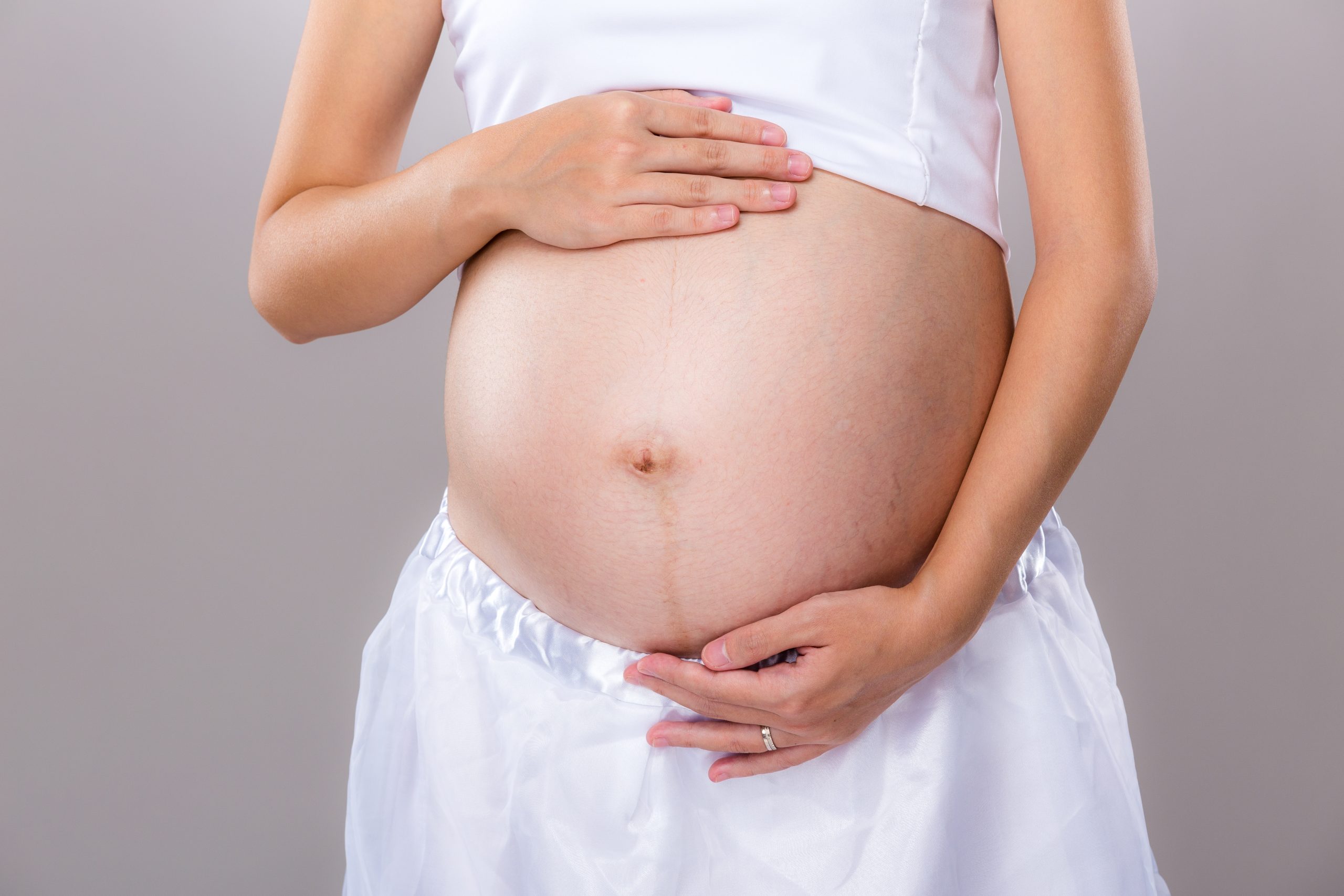Introduction
For many women and mothers worldwide, a tummy tuck represents hope for regaining a beautiful, flat, and straight abdomen, especially post-pregnancy. The procedure, medically termed as abdominoplasty, is one of the most desired surgeries for women after pregnancy or massive weight loss. It is important to understand the intricacies of having a baby post-abdominoplasty to make informed and thoughtful decisions regarding this transformative procedure.
How is a tummy tuck done?
Abdominoplasty or tummy tuck is a surgical procedure, by shaping a straighter abdominal contour, removing excess skin and reinforcing separated muscles. The process often includes liposuction to remove stubborn fat deposits, enhancing the overall results and achieving the desired shape. It serves as a transformative solution for women dealing with sagging skin after weight loss or childbirth. Many women get a tummy tuck in a combination operation with breast lift, liposuction and more. The most common after childbirth, to regain the youthful appearance and beautiful shape of the body, is the so called Mommy Makeover procedure.
Who is the best candidate for a tummy tuck?
The procedure is not exclusive to mothers; it is also beneficial for men and women experiencing significant weight loss or harboring aspirations for a sleeker abdomen. A candidate should be in good health, a non-smoker, and have no contraindications to surgery or anesthesia. It is also important that patients are close to their ideal weight and maintain it for at least six months prior to the procedure.
What happens if you get pregnant after tummy tuck?
Life is unpredictable, and plans might change, raising concerns about the implications of a future pregnancy on the results of a tummy tuck. While it is generally advised to undergo abdominoplasty post-childbearing, pregnancies occurring post-procedure are not inherently risky. However, they may necessitate a revision procedure due to the potential compromise of the original tummy tuck results from abdominal stretching and weight fluctuation during pregnancy.
Pregnancy after tummy tuck does not mean risks to either, the mother or the child. The skin, despite previous surgeries, retains its ability to stretch, accommodating the growing baby. However, thorough communication with the doctor, regarding previous abdominoplasty is necessary in order to manage any unique sensations or differences in baby bump protrusion.
How long after tummy tuck can I have a baby?
It is generally advised to complete family planning before undergoing a tummy tuck but a clear communication with the surgeon can allow for accommodations in the procedure for future pregnancies.
While pregnancies can affect the results after tummy tuck, due to abdominal stretching and weight changes, careful planning and healthy lifestyle choices can help in maintaining the results.
Conclusion
Disclaimer: The content on this blog is intended for general informational purposes only. It is not a substitute for professional medical advice, diagnosis, or treatment. Always consult qualified healthcare providers for personalized advice. Information regarding plastic surgery, dental treatment, hair transplant, and other medical procedures is educational and not a guarantee of results. We do not assume liability for actions taken based on blog content. Medical knowledge evolves; verify information and consult professionals. External links do not imply endorsement. By using this blog, you agree to these terms.










